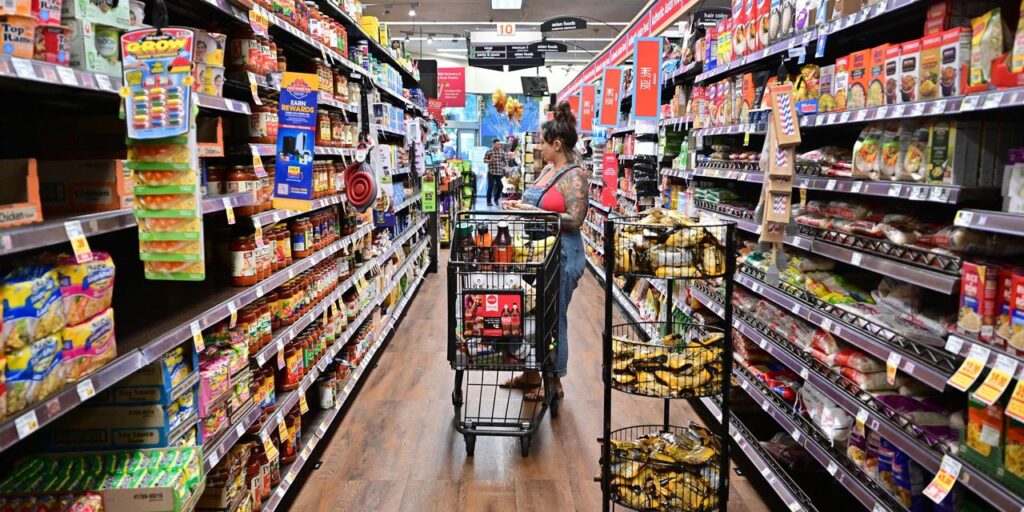Inflation in the U.S. has slowed from a 40-year peak of 9% last year, but prices are still rising rapidly and putting acute stress on household budgets.
Topping the list is rent — the single biggest expense for people who don’t own homes. Putting food on the table, caring for young children and owning a car have also become a lot more expensive.
See the accompanying table to view where inflation is hurting Americans the most.
One item that dropped off the list: eggs. The cost of eggs sank in May and put prices back to where they were one year ago. A severe case of avian flu that resulted in the slaughter of millions of chickens triggered the original spike in prices.
Some more good news: The latest consumer price index for May show a further slowdown in inflation.
Still, the cost of many goods and services remains stubbornly high and isn’t coming down as fast as the Federal Reserve would like.
The Fed on Wednesday will vote on whether to raise interest rates for the 11th straight time since the spring of 2022. Wall Street widely expects the central bank will pause or skip a rate hike this month to see how much its prior increases are cooling off the economy.
The rate of inflation, based on the CPI, has decelerated to a yearly pace of 4% as of May. That’s the smallest increase since March 2021.
Yet the core rate that excludes food and energy only decelerated to 5.3% from a 5.5% yearly pace.
The bad news for the Fed is that core inflation, viewed as a more accurate predictor of future inflation trends, is still at an uncomfortably high level.
The core rate has hardly fallen since the start of the year, leaving it well above the central bank’s long-run target of 2% inflation.
Read the full article here











